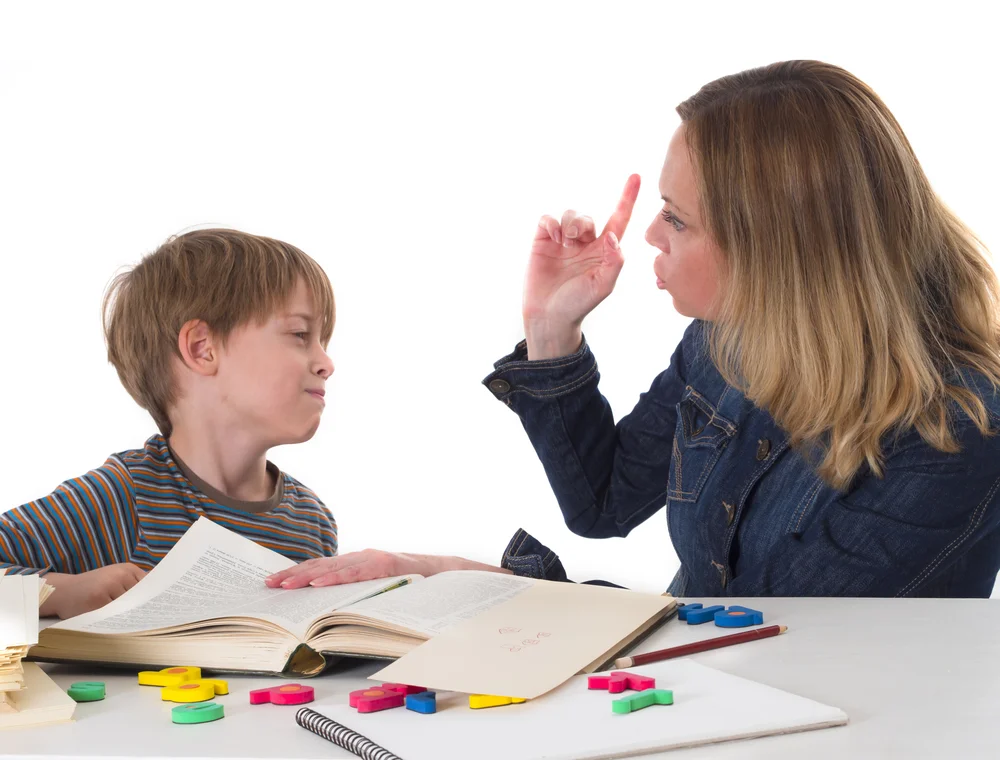Attention Deficit Hyperactivity Disorder (ADHD)
ADHD- if you don’t think its “real” just ask a parent or teacher that has a child with this diagnosis! It can be so frustrating to work with a child with ADHD because they are usually a typical child with no delays or obvious special needs but yet they tend to lack focus, have to be told to do things that are a normal routine and they are usually unorganized and forgetful. Some kids are hyper and impulsive- sometimes in girls its hyperactive talkativeness instead of physical motor activity.
If you are seeing these symptoms have your child/student evaluated by a doctor or therapist and get some behavioral therapy. Some children may need medications (even some adults too!) but some may do fine with only behavioral interventions.
Some strategies to try to teach these skills:
· Fun focus activities: hidden pictures, mazes, word searches, etc (trains child to concentrate on something hidden which forces their brain to ignore the external stimuli/distractions)—can find lots of these for free online!
· Play Simon Says game to work on following directions
· Use reward system as kids with ADHD are often motivated by rewards!
· Do “following directions coloring pages” and activities- up to 3 step directions. For example: “color the tree orange, the flowers purple, and draw a sun in the sky”—this teaches child to remember 3 directions at once. Can use it for motor activities too like a game where you give directions and they have to try to remember all of it: “grab your jacket, two shoes, and put on your socks”.
Tiperoo: don’t give a child TOO many directions at once. If they are having a hard time just give them ONE at a time until they master that, then move on to about 3 directions at once.
· Make Checklists! Make one for morning routine, completing any task where they forget the steps -make a list and have them check it off daily! (can pair it with a reward chart). There are many free printable checklists online or you can make your own. Use this also for chores.
· Remove distractions, like the ipad, preferred toys, etc, from your child’s room/view in the morning. You can reward them with play time if they finish their morning routine tasks within enough time (show them a timer or clock). [See Morning routine section under Section 1]
· Use a Timer!! They are great to teach time management skills. You can download free visual timers on phones and ipads or order a ribbon timer or other visual timer from www.timetimer.com
Tiperoo: set a timer and have them “Beat the timer” as a competive game to teach them to move quicker through getting dressed, showering, etc
· Have them clear/clean out their backpack weekly- remove all old papers, re-organize current necessary papers. Perhaps eliminate multiple folders and keep everything in one large binder or one folder with multiple sections to make things simpler. Try color coding and clear labeling of where things go (can attach to a reward chart for keeping it organized)
· Clearly label and organize your child’s room/toy space for them and teach them to put things where they go (follow up weekly). For example bins/drawers for each clothing, toy, papers, etc.
Tiperoo: Take a photo of what the space or task should look like and then tell your child to make it look like the picture. For example their bedroom, desk, shoes/coat area, loaded dishwasher, toy bins, etc.
· Keep their homework work space clear of distractions (visual and audio) by keeping it quiet area, no TV in background or other people, toys, etc. Check in with child often to make sure they are on task and keep working. Timers and little reminder cards can be helpful to keep them on track too.
· Try a “keep working slider”. Put a button or bead on a pipe cleaner/string on a card and slide it along the card as your child completes their work so they can see their progress toward being finished. You can also do this with putting velcroed cards that say “start”, “middle” “end” etc or numbers 1-5 that you keep putting in a row to complete as they work so they can see their progress as well and know how much time is left to be done!
· Take movement breaks between things that require a long time of sitting such as walking around/jump on trampoline between homework subjects, classes at school, long car rides, sitting through church, a play, movies, etc.
· If your child is struggling in school ask the school to evaluate your child. Then request a 504 accommodation plan (this would include things like quiet space to take tests, teachers making sure they turn in their homework, extra time for assignments, sitting close to the teacher, etc) or IEP plan (includes goals for behavior and /or academics and may include specially designed instruction where teachers would have to tailor their approach to meet your child’s needs or may need to place child in a more appropriate classroom setting).























